Joint Industry Project Handbook Scour Protection Methods
Publieke samenvatting / Public summary
Offshore structures (foundations, cables, pipelines, jacket footings) often experience scour at the interface with the seabed. The (local) erosion of sediment results in a lowering seabed level. This can -among others- result in a reduction of the lateral load capacity of foundations, free spanning of line-infrastructure and a reduction of the fatigue life (FLS). To prevent this, a scour protection is typically applied. Large cost saving can be achieved by selecting the most suitable scour protection system for each application, and/or by optimizing the scour protection design.
To that end, Deltares has teamed up with the corporate sector and certifying bodies to launch a Joint Industry Project: JIP Handbook Scour and cable PROtection (JIP HaSPro). In JIP HaSPro a generic, science-based and systematic comparison is made between different scour protection methods. This comparison is aimed at optimizing existing methods, testing new methods and providing recommendations/guidelines on when and where to apply which method. This comparison is based on an extensive model test programme performed in Deltares' facilities, the scale of which ranges from 1:50 to 1:1, including the world's largest wave flume (Delta Flume).
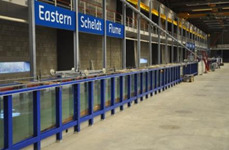
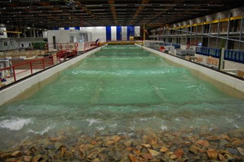
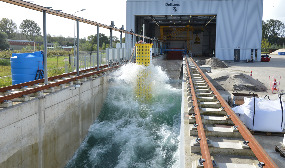
Scour protection methods
In JIP HaSPRo we focus on three scour protection methods. First, conventional (loose) rock protection methods are considered against scour around monopile foundations or cable crossing failures. For these -relatively well understood methods- we aim at filling the gaps of available datasets, by testing a large range of hydrodynamic conditions as well as many different rock gradings. We conduct model tests to investigate all possible failure mechanisms of the conventional rock protection methods; we are focusing on external stability (movement of rock at or away from the scour protection), internal stability (winnowing of underlying sand through the scour protection layer) as well as flexibility (falling apron behavior) of loose rock scour protections.
Additionally, within the JIP HaSPro we test and assess many innovative protection methods in experimental conditions, some of them for the first time, to provide us with alternative solutions to help reduce the costs by simplifying the installation phase, facilitate monopile decommissioning and finally protect against scour, infrastructure that is situated in highly dynamic environments where extreme morphological changes and hydrodynamic conditions are expected. Examples of such innovative scour protection methods are concrete block mattresses, gabions, artificial vegetation, ballast-filled mattresses and self-installable systems.
Lastly, we focus on eco-friendly scour protection methods. Nature-inclusive design of scour protections is aimed at increasing the potential ecological value that wind farms add to marine environment, by providing shelter for target species or by contributing to restoration of previously booming reefs that degraded due to human pressure, like in the North Sea. In JIP HaSPro we build an ecological framework that accounts for the existing legislation and guidelines and provides a consolidated basis for the offshore wind industry to make choices concerning all phases of nature-inclusive design (design, construction & operation and decommissioning). Furthermore, we test the hydraulic stability and overall performance of scour protections that include ecological elements like shells and reefballs.
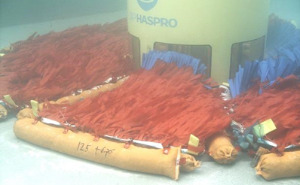
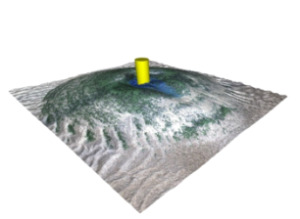
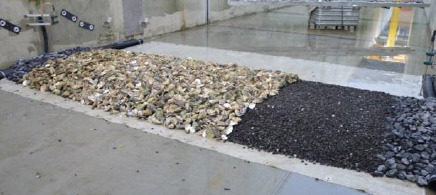
Sponsors
This joint industry project is supported by two consortia for knowledge and innovation (Topconsortia voor Kennis en Innovatie), namely TKI-Wind op Zee and TKI-Deltatechnologie. Moreover, the Steering Committee consists of 21 participants from the full spectrum of offshore wind industry including contractors, utilities, engineering firms, suppliers, a certifying body and a research institute.
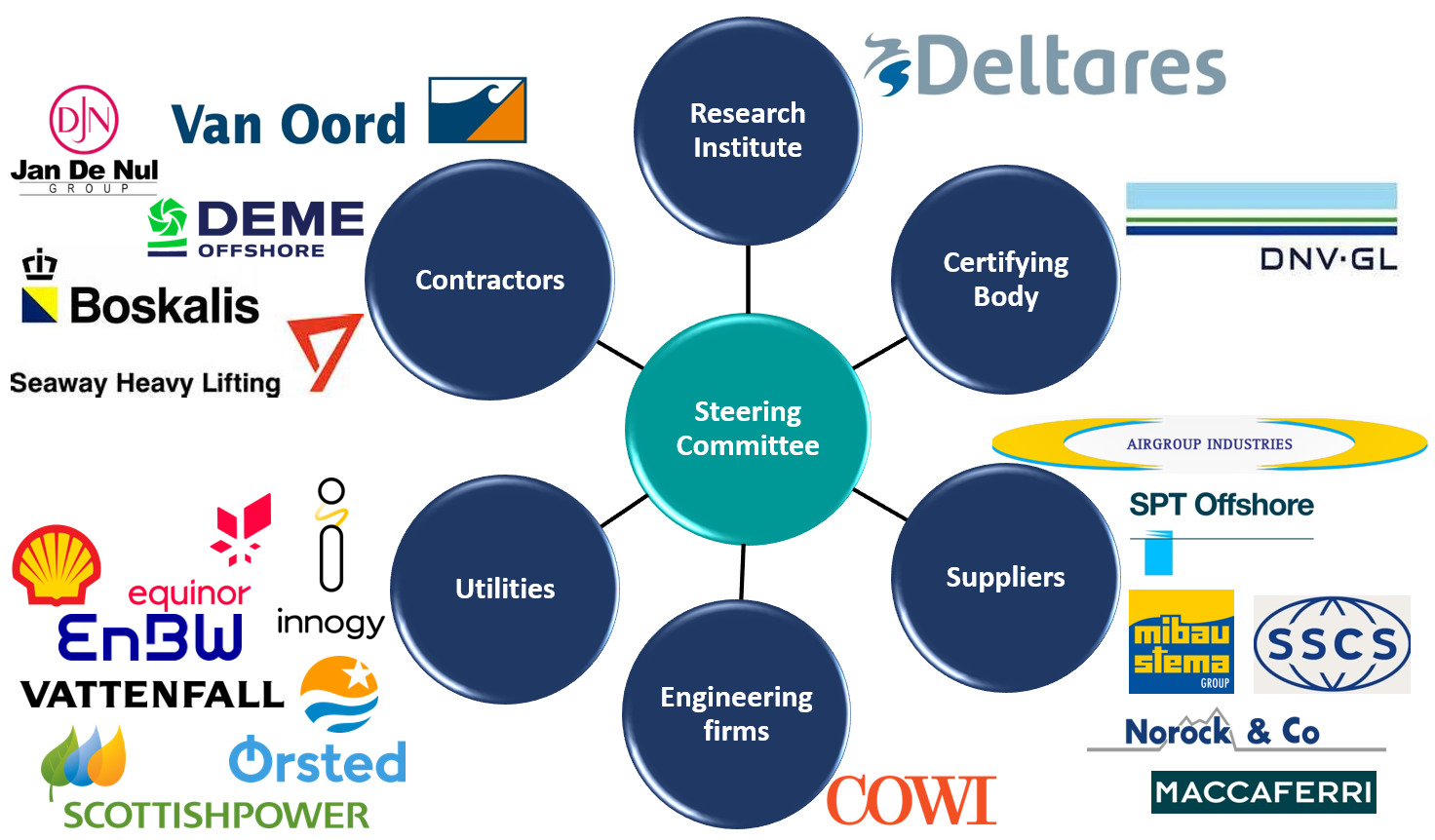
Main deliverables
The deliverables of the JIP HaSPro include new design formulae, an online digital handbook of best practices and an engineering software tool for the considered scour protection methods during this research project. Moreover, a large database with model test results, containing 3D-data of scour protection layouts and deformation patterns, as well as a 3D-viewer to visualize these results are included in the deliverables of this Joint Industry Project.
Timeline
JIP HaSPro was initiated in 1-9-2016 and will be in progress until 1-6-2020. Results will be confidential for a certain period which typically is 2 years after the end of the project.
